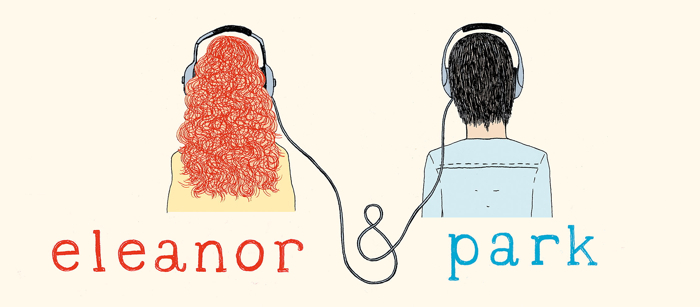The Eleanor and Park Challenge

Eleanor & Park is a beautiful young adult novel about two kids who fall in love after meeting, as so many kids do, on the school bus. It also contains a perfect challenge for the computational study of culture. Think of it as an alternative to the Turing test.
Here’s the back story. We’ve begun studying young adult novels in our lab and as part of that project we read Eleanor & Park. The novel is interesting because it is about not fitting in socially — who doesn’t identify with that as a teenager? — and also about the really intense attachments that kids develop when they first fall in love (ditto). But as it progresses (spoiler alert), Eleanor and Park are separated by social forces larger than themselves. It ends on a sweet, and sad, note of her sending him a postcard after a long stretch of silence between them. Park finally gets something in the mail after months of thinking about her. “Eleanor hadn’t written him a letter, it was a postcard. Just three words long.”
Yeah, try not getting all goose-bumpy on that one. But the point is that for you and me this is a really easy linguistic puzzle to solve. We know exactly what she wrote. That slight delay in recognition followed by the absolute certainty of what it said provides the ultimate emotional rush. This is literature in a nut-shell — saying something deeply emotionally resonant in a slightly indirect way. We humans just eat this stuff up.
But could a computer figure this out? Now I know as a computational challenges go this one is relatively easy to code for:
i<-c(“I love you”)
print (i)
But would it be possible to infer these three words just from the context without any rules other than knowledge of the characters, the novel’s plot, and the limit of three contiguous words (“trigram” for short)? And if so, wouldn’t this be a better challenge than the Turing test? Rather than guess whether a piece of software is “human,” isn’t a more realistic first step the ability to infer emotional expressions that are latent within a text?
While this challenge might be relatively easy to solve I think the larger point is an important one for those of us who want to study culture computationally. One of the biggest challenges is how to infer latent meaning in highly symbolic documents. Websites and scientific articles are often very explicit in terms of what they are “about”. But a poem? Or a novel? Not so much. How can we develop methods that allow us to capture these deeper truths about our creations, the way some words point to other words? If we could, wouldn’t this be one of the criteria for making progress on the way towards creating emotionally intelligent beings?
